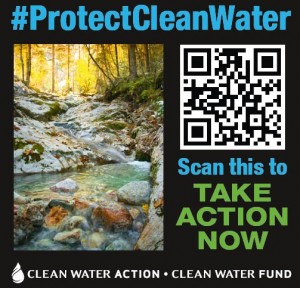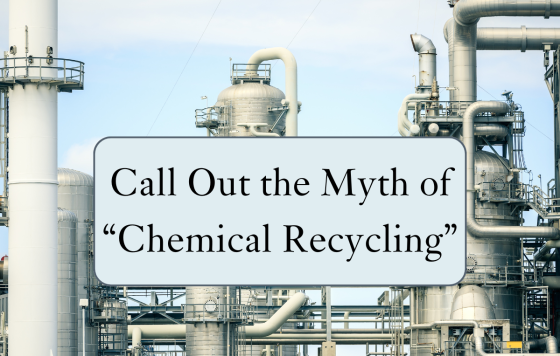
The Clean Water Act turns 42 on Saturday. To celebrate we'll be sharing reflections on the Act, talking about the fight to protect clean water, and discussing what we can all do to put drinking water first. This is the first in our series, and it's a 2-parter, so stay tuned for more.
12 Clean Water Act Facts (part 1 of 2) -- Learn these and you’ll be an expert
by Jonathan A. Scott, a member of Clean Water Action's development and communications teams, @jscottnh
FACT #1: First passed in 1972, the Clean Water Act was not a new law but rather a complete overhaul of earlier legislation, the 1948 Federal Water Pollution Control Act
FACT #2: Clean Water Action (then known as Fisherman’s Clean Water Action Project) played important roles in this 1972 victory:
- Publishing and publicizing the book, Water Wasteland (by Clean Water Action’s founder, David Zwick), which uniquely combined research and grassroots organizing with the communities and constituencies featured in the book’s case studies, helped to galvanize public support for action by Congress.
- Working directly with Congressional staff and leaders to develop the Act’s sweeping goals and policy provisions including a major role in drafting key language used in the Act (e.g., around public participation and citizen suits, “zero discharge” goals, and more)
- Mobilizing the public, including groups and leaders involved in Water Wasteland research and organizing and the fishing tackle industry to reinforce Clean Water Action’s Capitol Hill lobbying with grassroots political muscle.
- Clear goals and deadlines that could only be met through the eventual elimination of these exemptions: 1) “discharge of pollutants into the navigable waters” to be eliminated by 1985; 2) “discharge of toxic pollutants in toxic amounts” to be prohibited; and, 3) “interim goal of water quality which provides for the protection and propagation of fish, shellfish, and wildlife and provides for recreation in and on the water be achieved by July 1, 1983.” This last item is one of the famous “fishable, swimmable” provisions.
- Specific direction on the problem of non-point pollution: “programs for the control of nonpoint sources of pollution be developed and implemented in an expeditious manner so as to enable the goals of this Act to be met”
The referenced media source is missing and needs to be re-embedded.
Related Posts
Stay Informed
Get the latest updates and actions:
Thanks for signing up!
There was a problem processing your signup. Please try again.



